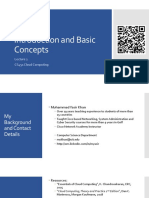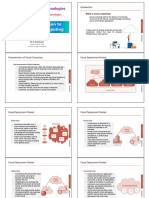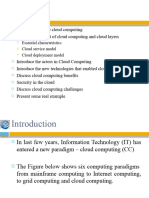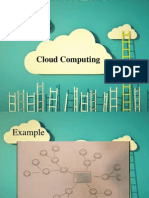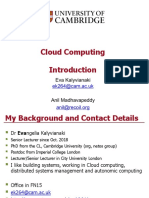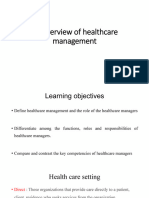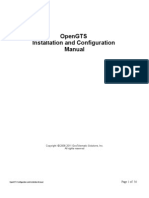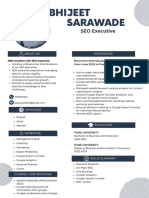0% found this document useful (0 votes)
19 views48 pagesModule 12-Cloud Computing
The document covers the fundamentals of cloud computing, including its definition, importance, service models (IaaS, PaaS, SaaS), and deployment models (public, private, community, hybrid). It highlights the advantages of cloud computing such as cost reduction, scalability, and improved collaboration, while contrasting it with traditional computing methods. Additionally, it discusses various applications of cloud computing and the differences in operational costs, maintenance, and accessibility.
Uploaded by
wazirkqasemCopyright
© © All Rights Reserved
We take content rights seriously. If you suspect this is your content, claim it here.
Available Formats
Download as PDF, TXT or read online on Scribd
0% found this document useful (0 votes)
19 views48 pagesModule 12-Cloud Computing
The document covers the fundamentals of cloud computing, including its definition, importance, service models (IaaS, PaaS, SaaS), and deployment models (public, private, community, hybrid). It highlights the advantages of cloud computing such as cost reduction, scalability, and improved collaboration, while contrasting it with traditional computing methods. Additionally, it discusses various applications of cloud computing and the differences in operational costs, maintenance, and accessibility.
Uploaded by
wazirkqasemCopyright
© © All Rights Reserved
We take content rights seriously. If you suspect this is your content, claim it here.
Available Formats
Download as PDF, TXT or read online on Scribd
/ 48
